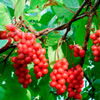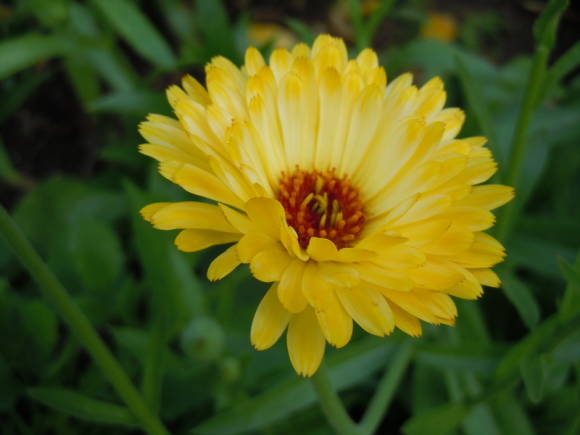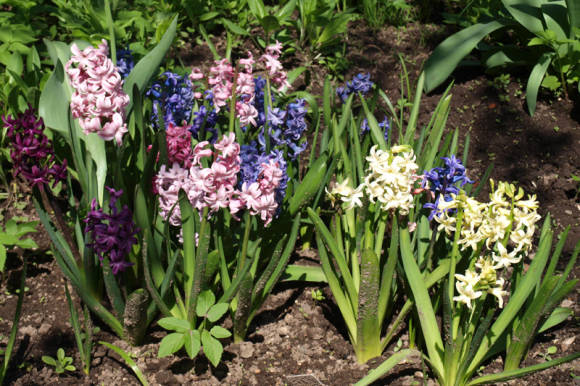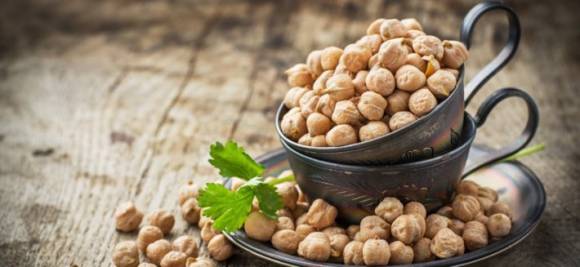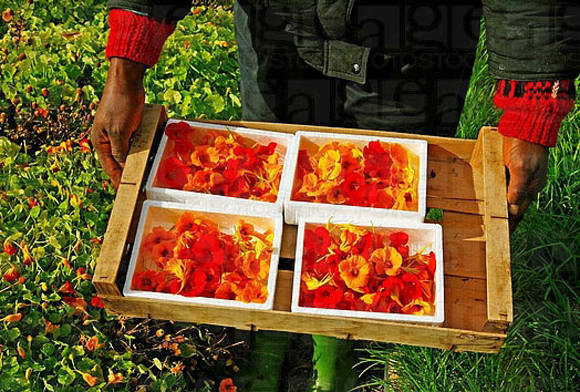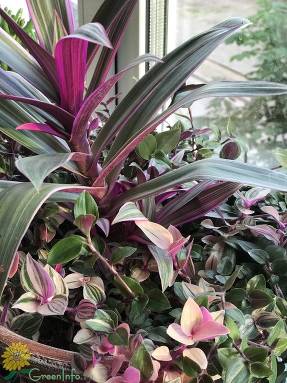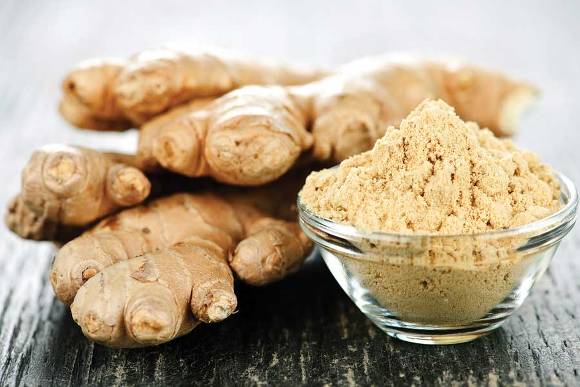 It is not for nothing that many gardeners have "laid eyes" on the daikon. This is one of the best vegetable crops created by nature and man. Daikon root vegetables are eaten fresh and boiled, they can be stewed and put in soups, salted and pickled. In varieties with non-pubescent leaves, young greens are used in salads.
It is not for nothing that many gardeners have "laid eyes" on the daikon. This is one of the best vegetable crops created by nature and man. Daikon root vegetables are eaten fresh and boiled, they can be stewed and put in soups, salted and pickled. In varieties with non-pubescent leaves, young greens are used in salads.
It is very popular in many countries; it is cultivated in large quantities in the USA, Brazil, many countries of Western Europe, China, Korea, etc. And for Russian gardeners, daikon is a promising vegetable crop that could greatly squeeze many vegetables if it were not for our conservatism.
Daikon is a Far Eastern relative of radish and radish. But it differs from its many relatives by the high taste qualities of root crops. Compared to radish, they are more tasty, juicy, tender, practically devoid of a sharp rare taste and are more similar in taste to delicate root crops of mild varieties of radish. In addition, they are perfectly stored throughout the winter.
Daikon roots are much larger than radish. The average weight of root crops grown by gardeners, depending on the variety, is 300-600 g, the maximum is up to 2 kg. And in Japan, some root crops grow to very large sizes. So, the roots of a very common variety Sakurajima can reach gigantic, according to our concepts, sizes, 20 kg or more.
Daikon root crops differ greatly among themselves and in shape - conical, cylindrical, round, spindle-shaped, etc. They are buried in the ground in different ways - completely, two-thirds, half, one-third. The color of the root vegetables is mainly white, but hybrids with a light green color of the upper part of the root crop have appeared.
If, in addition to the taste and size of the root crop, we take into account the higher yield (6-10 kg per 1 sq. M), good keeping quality and the ability to use edible young leaves for food, then the tremendous interest of gardeners in this Japanese “miracle” becomes clear. -here. "
Like radish and radish, daikon contains a lot of potassium salts, which remove toxic metabolic products from the body along with excess water. It contains a large number of phytoncides that have a detrimental effect on microbes and protect people from infectious diseases, and specific protein substances that inhibit the growth of bacteria ...
